|
We have no contemporary eye-witness accounts of the first Christmas. Still, quite a few of the nativity scenes in the Western world look very much the same. How did that happen? And how does this relate to a group of almost identical embroidered vestments made in Germany in the second half of the 15th-century? What technological innovation was made to ensure near-identical serial production? A perfect story to explore in the last days running up to Christmas 2020! As said, conventional knowledge has it that none of the witnesses of the first Christmas left a written and signed account of the events. But through the ages, some people have claimed that they were transported back in time and witnessed the scene. They had a revelation. For Western Art, the revelations of Saint Bridget of Sweden (AD c. 1303-1373) are very important. Saint Bridget describes the scene as follows: Mary is a bare-headed blond-haired woman who together with Joseph kneels in prayer over the infant Jesus who radiates divine light. Saint Bridget became a bit of a celebrity during her life and her revelations were turned into images that went viral in most of Europe. It successfully replaced earlier conventional pictures of the nativity where Mary is reclining on a bed (still popular in Orthodox Christianity). You can see an example on the chasuble from St. Paul im Lavanttal (at the top on the back; the scene with the red background). The images of the revelation of Saint Bridget were so popular, that they were also reproduced in embroidery for the orphreys found on chasubles. These orphreys are so similar that their designs must have a common source. Printing on paper with the help of woodcuts and metal engraving was invented in the first decades of the 15th-century and quickly became popular to cheaply spread imagery. Research into the composition of the design lines on some of these orphreys has shown that these designs were likely printed onto the embroidery fabric too. If you click on the pictures of the pieces from the MET and the Wartburg, you can explore further pictures on the institution's websites. And here is a fragment kept at the Bayrische National Museum (Inv. Nr. T297) with the singing angels. Although these embroideries were made in serial production, slight variations do exist. Not only in the colours used, but also in the number or arrangement of the figures. In this case, a more pleasing composition was achieved by adding a third angel. There are quite a few other examples out there, but I don't have pictures of them that I am allowed to publish. If you would like to dive into the topic a little further, please explore the literature.
Literature Fricks, J. von, 2010. Serienproduktion im Medium mittelalterlicher Stickerei - Holzschnitte als Vorlagematerial für eine Gruppe mittelrheinischer Kaselkreuze des 15. Jahrhunderts. In: U.-Ch. Bergemann & A. Stauffer, Reiche Bilder. Aspekte zur Produktion und Funktion von Stickereien im Spätmittelalter, Regensburg: Schnell & Steiner. Wetter, E., 2012. Mittelalterliche Textilien III. Stickerei bis um 1500 und figürlich gewebte Borten, Riggisberg: Abegg-Stiftung.
12 Comments
The German publishing house Schnell & Steiner has a number of interesting books on medieval vestments in their programme. Discounts are applying until the 23rd of December. So if you are thinking of adding books to your library, this is a good time! However, it is a German publishing house and the books are in German. And one, in particular, might look like a good idea, but maybe isn't. That's the one I am going to review here. Don't get me wrong, it is a great book! But as it is the result of a multi-disciplinary conference with theologians, philosophers, art-historians, Germanists, archaeologists, anthropologists and philologists, it isn't for everyone. Paramente in Bewegung (paraments in movement) is an edited volume of 17 papers published in 2019. These papers have one thing in common: they are all theoretical. Only one author started out with a practical apprenticeship in tailoring. All others are academics through and through and they write for an academic audience with German as their native language. Although I am fluent in German, I had to look up many words in the theological and philosophical papers. And even then I was often left wondering what the author was saying ... However, a couple of papers helped me to better understand the context the embroidery I admire so much functioned in. So, from the point of view of an academic researcher into medieval embroidery, this book is a must-have on your shelves.
Jürgen Bärsch writes about the liturgy and the church building in the late medieval period. Even those who have attended a modern Catholic mass will soon realise that late medieval mass was quite different. Taking communion was rare and instead the elevation of the host was the pinnacle of each mass. Believers would hasten through the church building to attend multiple elevations as masses were not only held at the main altar but also at the many altars belonging to wealthy families, brotherhoods or guilds in the aisles. And as Stefanie Seeberg explains in her paper, the paraments used during these sacred performances all stood in relation to each other and to the building they were functioning in. Similar scenes were repeated on the vestments as seen in the architectural decoration of the church building (wall paintings, leaded windows, sculpture). Most people couldn't read nor understand the Latin the priest was using. But by constantly seeing the same images, the Christian message was understood by all. Additionally, an interesting observation was made. As the priest becomes part of the whole scene, he as a person is no longer important. However, as we nowadays see these splendid vestments in isolation, we often draw the opposite conclusion: the wearer must have stood out. For the two papers on the theological and historical explanation of vestments (Rudolf Suntrup and Dina Bijelic), there is a better alternative available in English: Clothing the Clergy by Maureen Miller. I've reviewed this book a while ago. The papers by Britta-Juliane Kruse and Tanja Kohwagner-Nikolai explore paraments in the reformed convents of Lower Saxony. They are commonly called Heideklöster as they are located on the Lüneburg Heath. They escaped the dissolution but changed from Catholicism to Lutheranism. They are famous for the large medieval embroidered tapestries stitched entirely in Klosterstich (Bayeux stitch). The papers attest to the high level of education in these convents. The daughters of the nobility were able to decode the complex stories on the paraments. They had read the classical literature and knew how these motives related to the Christian faith. Studying the actual embroideries also reveals that the ladies themselves stitched and designed these tapestries. And they were proud of their excellent work: later pieces are signed. Stefan Michel and Evelin Wetter write interesting papers on the perception and use of vestments after the Reformation. Whilst the more radical Calvinists objected to the continued use of the Catholic vestments, Luther actually saw nothing amiss with the practice. As long as people did not worship the depictions. The special clothing was only there to support the sacredness of the mass. We now often think that all depictions were radically removed from every church that became reformed. This is true for most churches in the Netherlands, Scotland and Switzerland as they followed the teachings of Calvin. However, large tracts of the Germanic lands followed the teachings of Luther. And they often continued using, repairing and replacing their splendid medieval vestments. Imke Lüders' paper on the use of images of skulls and bones on burial vestments makes for an interesting read too. And Klaus Raschzok's paper on the re-discovery of paraments in the Lutheran churches shows that this movement was particularly influenced by the 19th-century Gothic revival in the Catholic church. This movement had started in England with the influential publication by August Welby Northmore Pugin: "Glossary of Ecclesiastical Ornament and Costume". You can download this publication for free and marvel at the beautifully hand-coloured designs in the second half. En passant, the paper goes into the question of who should make fitting paraments for the reformed church. One movement wanted to go the professional route by educating deaconesses both in theological design and in the needle arts. The other movement emphasised that each godly woman should help make paraments for the church instead of using her needlework skills to frivolously decorate her own home ... Don't you love it when men discuss how we should use our skills? I hope the above book review helps you to decide if this book is for you or not. Very soon, three volumes will be published on the medieval gold-embroidered vestments from Bamberg by the same publishing house. As soon as they arrive, I will review these too. They look very promising! Literature Röper, U. & H. J. Scheuer (eds), 2019. Paramente in Bewegung. Bildwelten liturgischer Textilien (12. bis 21. Jahrhundert), Schnell & Steiner: Regensburg. ISBN: 978-3-7954-3338-3. P.S. In an attempt to do my bit to break the data monopoly of Google and Facebook, I have transferred all my videos to the video platform Vimeo. Please give me a follow! And in order to have more time for embroidery and researching embroidery, I have decided to close my Instagram and Pinterest accounts. No wonder I have suddenly time to read whole books and a newspaper :). Since Bavaria is going into a strict lock-down on Wednesday, I am not going anywhere for the moment. This means I will have plenty of reading time. My Feedly (= a handy app helping you to keep track of new posts for the blogs you follow) reading list contains a few embroidery and textile blogs devoted to the Middle Ages and Early-Modern times. As this is a niche in a niche, you might not have heard of them. So, let's explore them together! You might end up adding some to your reading list as well.
So, that's my medieval and early-modern textiles and embroideries reading list. If you know of other blogs well-worth reading, please let me know in the comments below! |
Want to keep up with my embroidery adventures? Sign up for my weekly Newsletter to get notified of new blogs, courses and workshops!
Liked my blog? Please consider making a donation or becoming a Patron so that I can keep up the good work and my blog ad-free!
Categories
All
Archives
July 2024
|
Contact: info(at)jessicagrimm.com
Copyright Dr Jessica M. Grimm - Mandlweg 3, 82488 Ettal, Deutschland - +49(0)8822 2782219 (Monday, Tuesday, Friday & Saturday 9.00-17.00 CET)
Impressum - Legal Notice - Datenschutzerklärung - Privacy Policy - Webshop ABG - Widerrufsrecht - Disclaimer
Copyright Dr Jessica M. Grimm - Mandlweg 3, 82488 Ettal, Deutschland - +49(0)8822 2782219 (Monday, Tuesday, Friday & Saturday 9.00-17.00 CET)
Impressum - Legal Notice - Datenschutzerklärung - Privacy Policy - Webshop ABG - Widerrufsrecht - Disclaimer
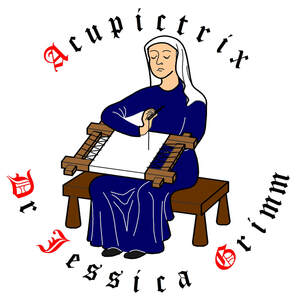
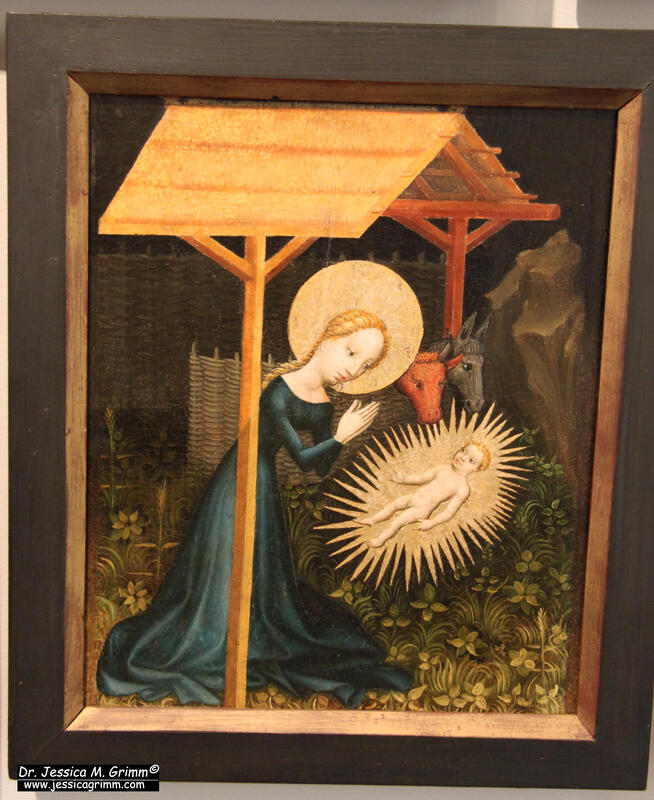
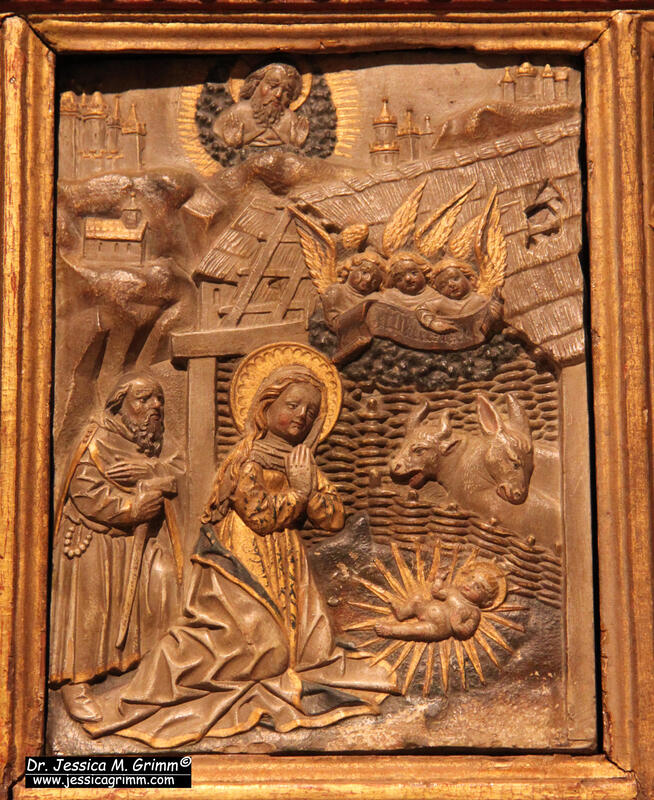
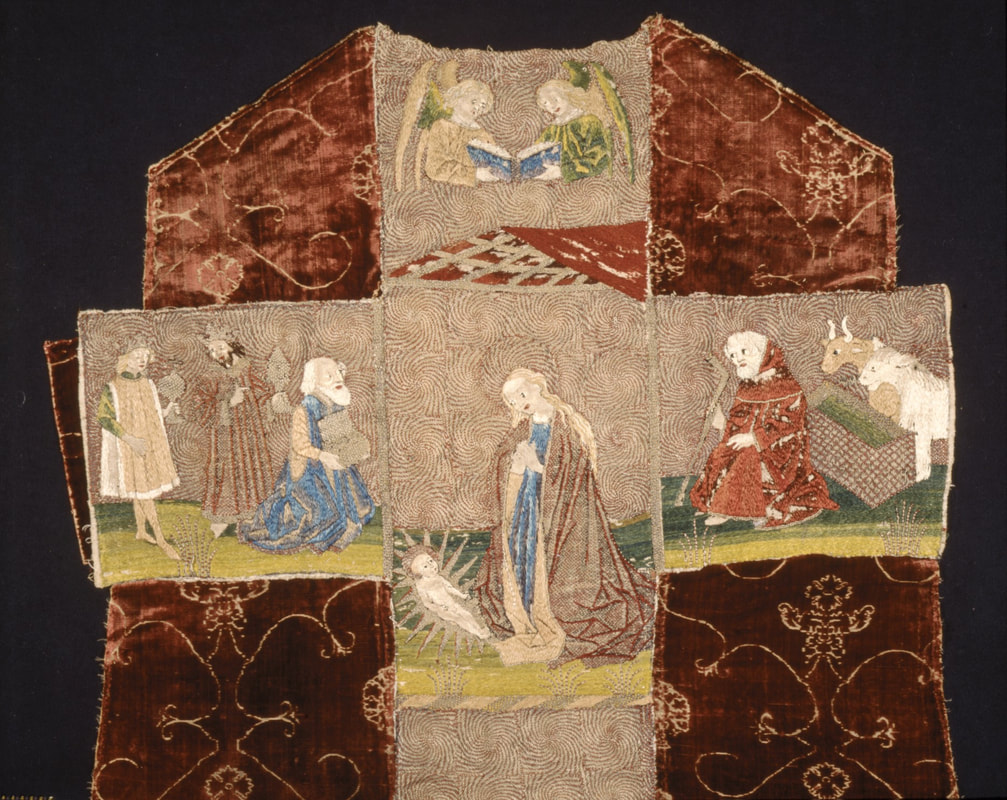
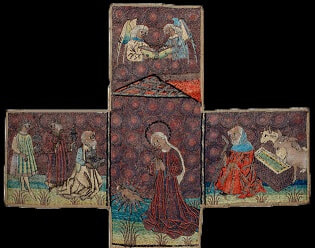
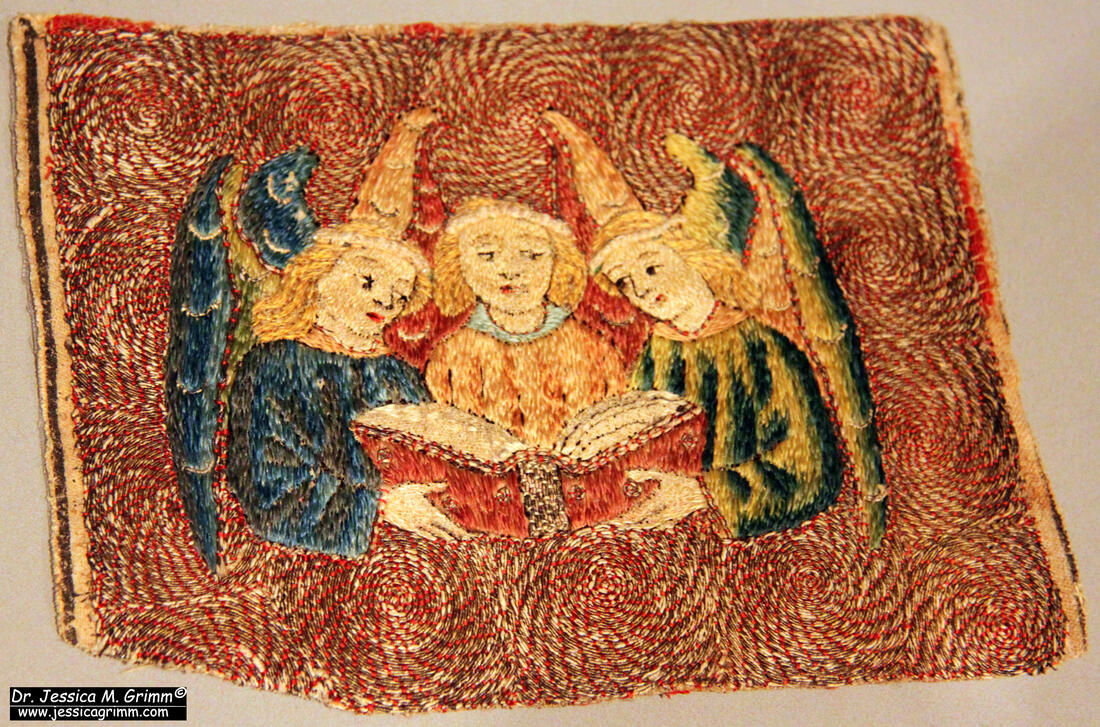
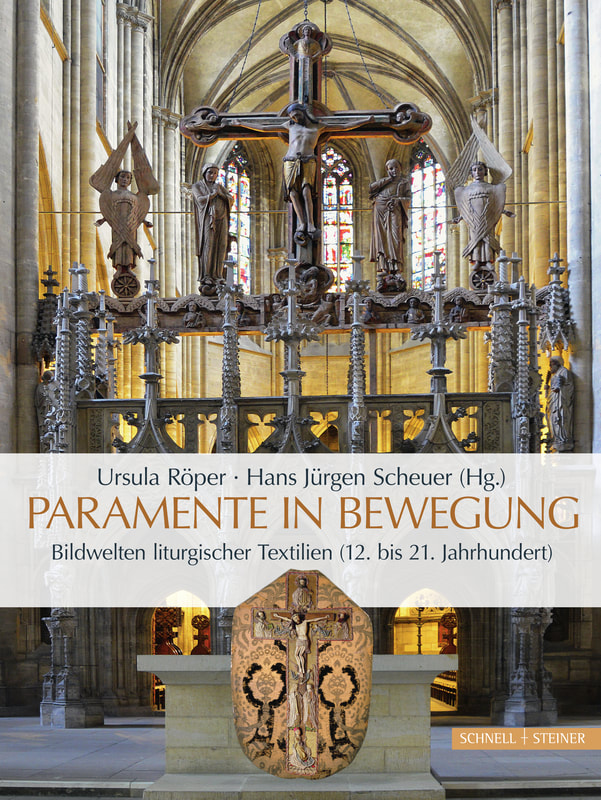
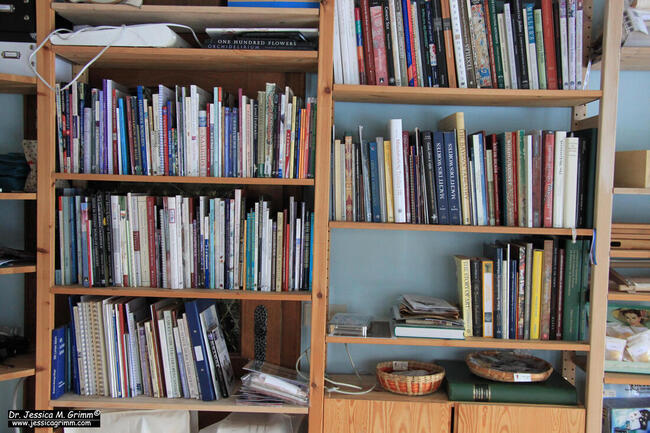
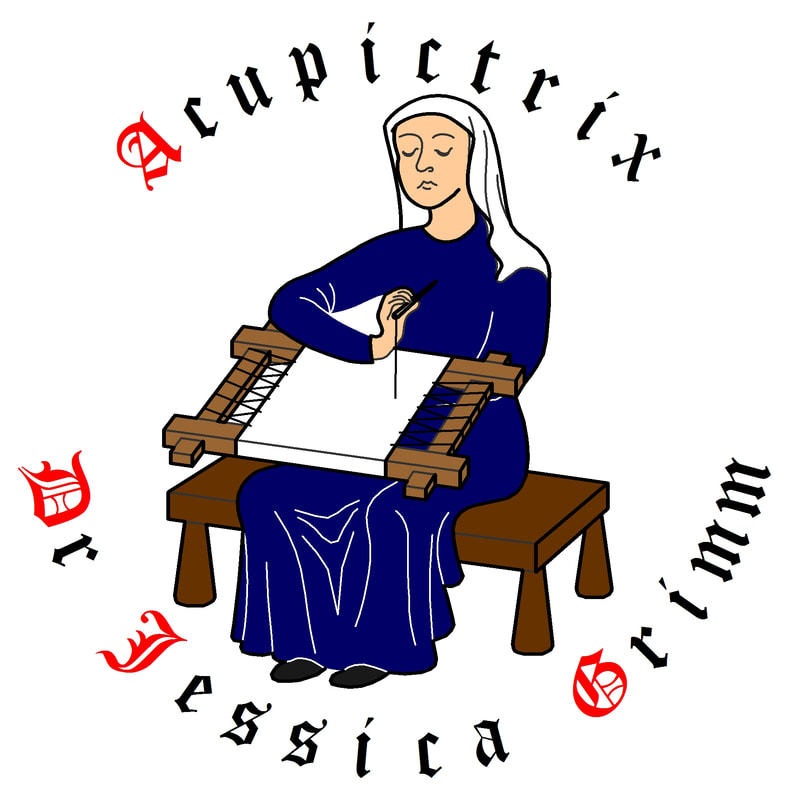


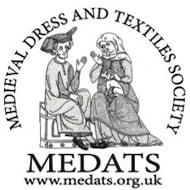
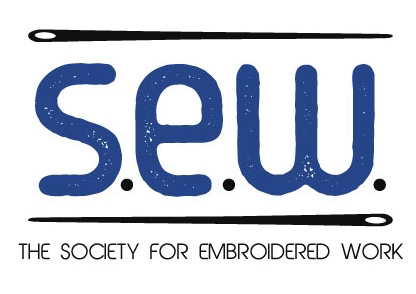
 RSS Feed
RSS Feed